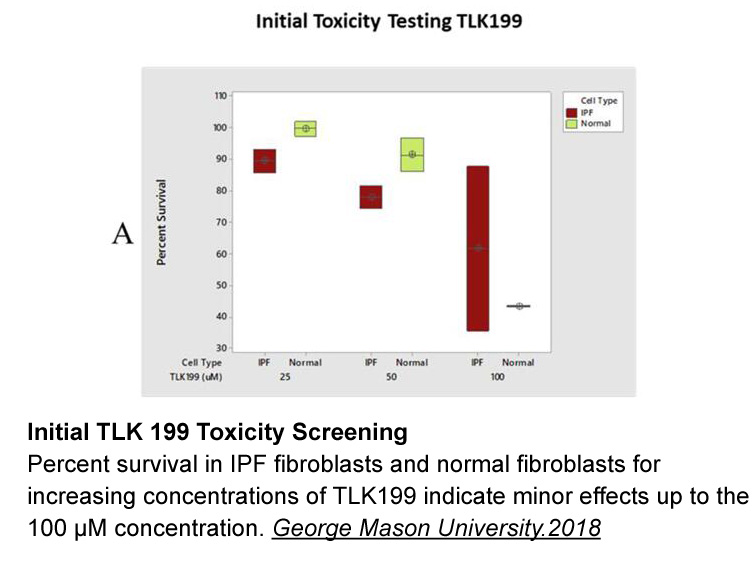Archives
Overexpression of SMAD and SMAD
Overexpression of SMAD3 and SMAD4 strongly enhanced luciferase activity of the new pN10 reporter gene construct which was further reinforced by addition of TGFβ. Serial mutations of SBE-1 and SBE-2 led to a slight loss in 5-LO promoter inducibility. The data demonstrate that the two SBEs within the 5-LO promoter are responsible for the induction of 5-LO promoter activity by SMADs, however, in conjunction with SP1. Thus, stimulation of the 5-LO promoter by SMADs contributes to the upregulation of 5-LO expression, while the combination of calcitriol and TGFβ also influences the transcriptional elongation process within the 3-portion of the endogenous 5-LO gene when myeloid U 46619 are differentiated by [6,10]. The data suggest that the SBEs in the promoter stimulate transcript initiation whereas downstream SBEs in the coding sequence or the distal part of the 5-LO gene might be involved in the regulation of transcript elongation [10].
As many other promoters, the 5-LO promoter is a target of the MLL complex and MLL is involved in the regulation of 5-LO promoter activity. MLL catalyses the important trimethylation of lysine-4 of histone H3, and the subsequent H3K4me3 marks correlate with 5-LO gene expression. In addition, the oncogenic translocation product of MLL and AF4, termed MLL-AF4, leads to a strong, aberrant activation of the 5-LO promoter [15]. Furthermore, it was observed that 5-LO promoter activation by MLL and MLL-AF4 was further stimulated by TGFβ and SMAD3/4 [14]. Using reporter gene assays we could confirm that the fusion protein MLL-AF4 strongly stimulates 5-LO promoter activity using an alternative reporter gene assay. In contrast to previous observations, TGFβ and SMAD3/4 significantly reduced MLL-AF4 activity, whereas stimulation was observed previously [14]. This discrepancy could be due to the fact that a preincubation for 24h with TGFβ was performed here which was not the case in the previous study. Furthermore, we used a novel designed repor ter gene system which is based on the pGL4 vector backbone and the Luc2 gene, both carrying much less putative SBEs.
The data from the coexpression experiments and the reporter gene assays suggest that SMADs and MLL synergistically activate the 5-LO promoter whereas SMADs inhibit the aberrantly high transcriptional activity of MLL-AF4. This is of particular interest as it was found previously that constitutive activation of the 5-LO promoter by MLL-AF4 is overwritten when “inactive MLL” is switched into “active MLL” by class I HDAC inhibitors which then outcompetes with the dominant functions deriving from MLL-AF4 [14]. The data presented here are in line with this new concept, namely that SMADs also activates endogenous “inactive MLL” which in turn attenuates MLL-AF4 activity.
Interestingly, the stimulation of 5-LO promoter activity by TGFβ and SMAD3/4 was MEN1-dependent since a MEN1 knockdown reduced the SMAD effects on the 5-LO promoter. It was found that MEN1 interacts with SMAD3 to regulate the expression of genes which are induced by TGFβ [25] and that inactivation of MEN1 blocks TGFβ signalling [23]. These data are in line with our results that MEN1 knockdown strongly reduces TGFβ and SMAD3/4 mediated 5-LO promoter activation in the presence of ectopically expressed MLL or endogenous MLL, respectively. The data suggest that MEN1 links TGFβ/SMAD signalling with MLL and the transcriptional regulation of the 5-LO gene. No effects on 5-LO promoter activity were observed when LEDGF was knocked down, suggesting that this component of the MLL complex is not involved in the interaction with SMAD proteins.
MLL-AF4 is a very strong activator of the 5-LO promoter which was found to depend on MEN1. This is not surprising since MEN1 was shown to function as adaptor for the interaction of MLL with many transcription factors. Interestingly, MLL-AF4 activity was significantly attenuated by SP1 knockdown an effect which was further enhanced by the dual SP1/MEN1 knockdown suggesting that the multiple SP1 binding sites located in the 5-LO core promoter contribute to MLL-AF4 recruitment and activity [26].
ter gene system which is based on the pGL4 vector backbone and the Luc2 gene, both carrying much less putative SBEs.
The data from the coexpression experiments and the reporter gene assays suggest that SMADs and MLL synergistically activate the 5-LO promoter whereas SMADs inhibit the aberrantly high transcriptional activity of MLL-AF4. This is of particular interest as it was found previously that constitutive activation of the 5-LO promoter by MLL-AF4 is overwritten when “inactive MLL” is switched into “active MLL” by class I HDAC inhibitors which then outcompetes with the dominant functions deriving from MLL-AF4 [14]. The data presented here are in line with this new concept, namely that SMADs also activates endogenous “inactive MLL” which in turn attenuates MLL-AF4 activity.
Interestingly, the stimulation of 5-LO promoter activity by TGFβ and SMAD3/4 was MEN1-dependent since a MEN1 knockdown reduced the SMAD effects on the 5-LO promoter. It was found that MEN1 interacts with SMAD3 to regulate the expression of genes which are induced by TGFβ [25] and that inactivation of MEN1 blocks TGFβ signalling [23]. These data are in line with our results that MEN1 knockdown strongly reduces TGFβ and SMAD3/4 mediated 5-LO promoter activation in the presence of ectopically expressed MLL or endogenous MLL, respectively. The data suggest that MEN1 links TGFβ/SMAD signalling with MLL and the transcriptional regulation of the 5-LO gene. No effects on 5-LO promoter activity were observed when LEDGF was knocked down, suggesting that this component of the MLL complex is not involved in the interaction with SMAD proteins.
MLL-AF4 is a very strong activator of the 5-LO promoter which was found to depend on MEN1. This is not surprising since MEN1 was shown to function as adaptor for the interaction of MLL with many transcription factors. Interestingly, MLL-AF4 activity was significantly attenuated by SP1 knockdown an effect which was further enhanced by the dual SP1/MEN1 knockdown suggesting that the multiple SP1 binding sites located in the 5-LO core promoter contribute to MLL-AF4 recruitment and activity [26].